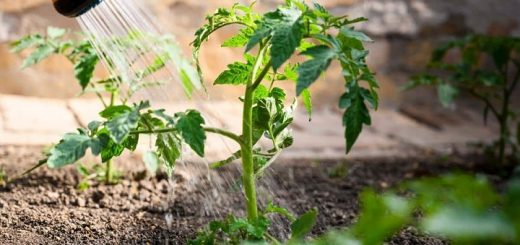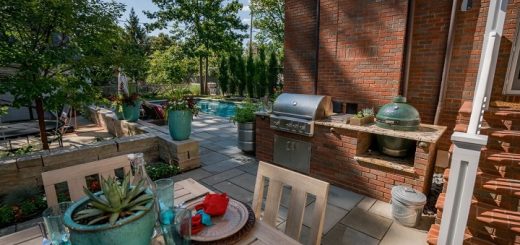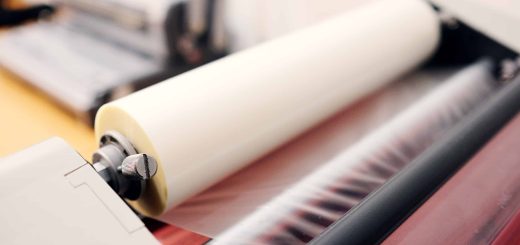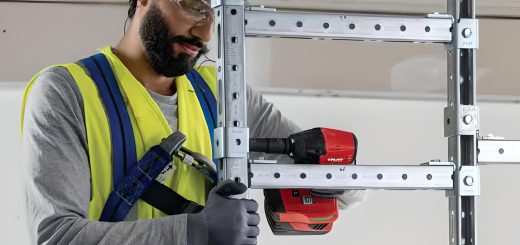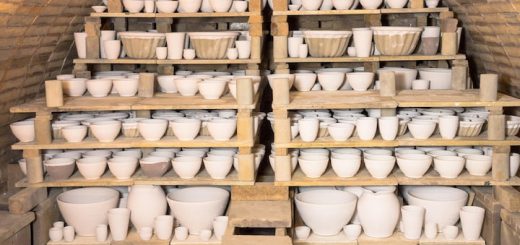Stormwater Management: How to Protect Against Stormwater
2022 will undoubtedly be remembered across Australia as an unprecedented year for rain and flooding. And as the frequency and severity of these kinds of events continues to rise, the urgency for home, business, and other property owners to reevaluate the effectiveness of their stormwater drainage systems has never been greater.
Stormwater drainage systems are crucial for channelling excess rainfall and groundwater away from homes, structures, and paved surfaces. They’re not connected to any black water or grey water evacuation systems, but with their intricate networks of pipes and channels that scale and surround most buildings, stormwater drainage systems are immensely integral to every property’s infrastructure.
The fittings used in these systems have to be flexible and durable; and because of their importance and connection with municipally-owned storm drainage systems, they also have to be Australian / New Zealand Standard (AS/NZS)1254 compliant for stormwater and surface water applications. It’s a very small requirement, however, considering the role that these systems can be increasingly expected to play in the future.
How Stormwater Management Works?
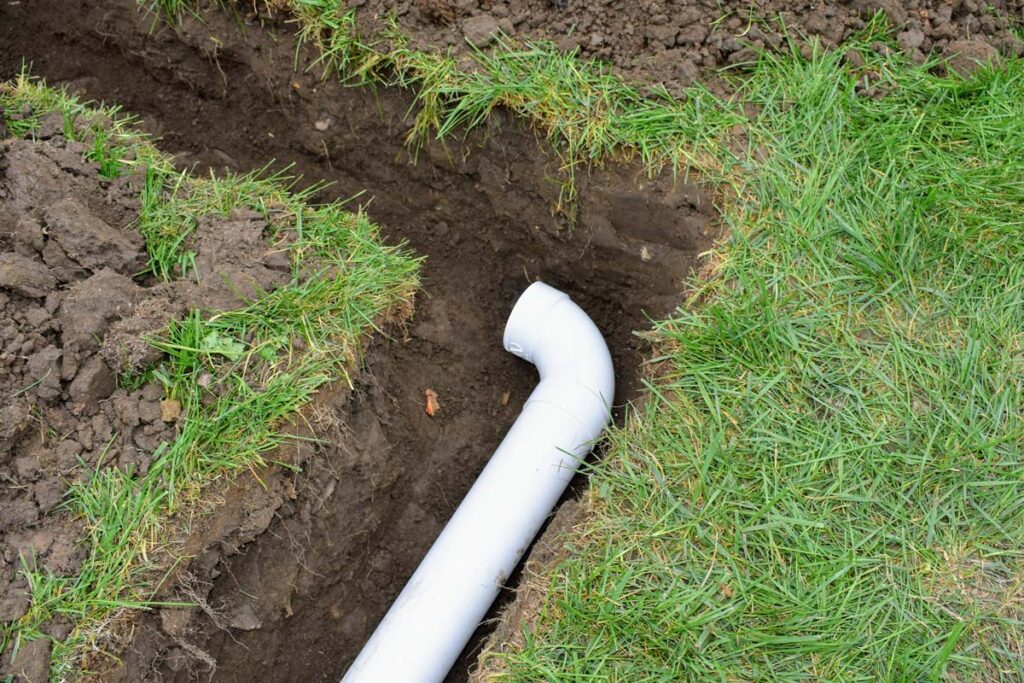
If you’re a property owner, then there’s an excellent chance that you already know the effect that unchannelled, or poorly channelled rainwater and groundwater can have. Stormwater isn’t just a peak event problem: it’s a problem whenever the existing infrastructure isn’t sufficient to drain excess water away from your property. That’s why you need to ensure that all of your outdoor stormwater fittings and drainage components are appropriately sized and situated, and that they’re cleaned and maintained regularly. And that not only includes the pipes, junctions and couplings that extend from your building to a municipal drainage system, but all of the bends, downpipes and drops that make up the building’s gutter and collecting systems too.
Stormwater is simply an accumulation of excess rainwater. It does, however, present a unique set of water management challenges because of where and how it’s collected, the main sources of which are:
- Rooftop and groundwater drainage systems;
- Driveway, car park, and other paved surface water collection systems; and,
- Run-off from construction sites and natural terrain features.
When properly managed, it’s also a valuable resource for replenishing reservoirs, recharging aquifers, and for agricultural use; which is why after the run-off is collected, it’s diverted to either an onsite stormwater detention system (OSD) or directly to a municipal discharge point. These municipal connections are separate from sewage and sanitary connections, but landowners are no less responsible for ensuring that everything up to that public connection is constructed in according to their state’s or territory’s regulations for stormwater collection, utilizing AS/NZS standard stormwater pipe fittings.
In short, stormwater management for homeowners and businesses begins with outfitting their structures and run-off networks with stormwater drainage products that are at designed specifically for moving large volumes of water. It means they have to start by using the best pipes.
The Best Stormwater Drainage Pipes
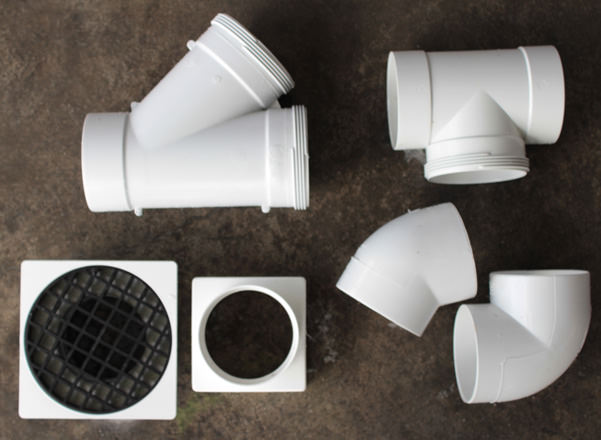
Stormwater pipes are subjected to a range of conditions that ordinary plumbing systems rarely experience. Resistance to temperature extremes and persistent UV exposure are only 2 of the qualities that stormwater pipes call for. Other necessary traits include:
- High chemical and corrosion resistance. A stormwater system that’s prone to any kind of rust or corrosion has very little value for moving liquids.
- Low flow resistance. Stormwater pipes need smoothbore interiors to move water quickly and with minimal turbulence.
- Flexibility. Subsoil stormwater pipes need to be sturdy enough to resist crushing, but still allow for ground movement.
- Lightweight. Lightweight pipes place less stress on structures, and are easier to install.
- Solvent-style fitments. Especially useful for subsoil installation, solvent fittings don’t allow root intrusion.
Make no mistake: these are all unquestionable polyvinyl chloride (PVC) pipe qualities, but PVC-U (unplasticized) pipes are optimized for PVC stormwater fittings.
The absence of a plasticizer compound makes PVC-U fittings more rigid than ordinary PVC stormwater pipe fittings. This added rigidity, however, is ideal for stormwater drainage systems that have to perform flawlessly every time. That’s the reason why you can expect AS/NZS-compliant PVC-U pipes and fittings to reliably handle a full range of stormwater duties for decades after they’ve been installed.
Keeping Stormwater Drainage Flowing
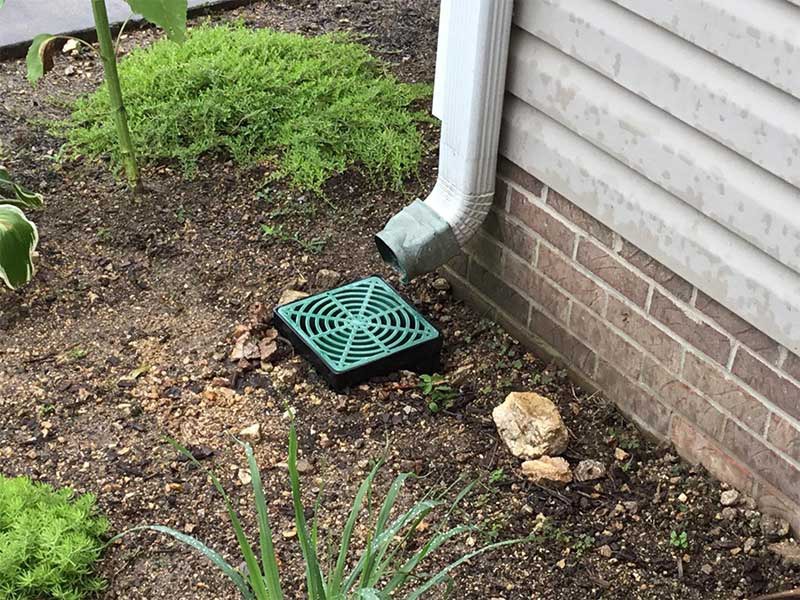
When you’re assessing how effective either an existing, or anticipated, stormwater drainage system is, it’s important not to forget what these systems are expected to do. Their purpose is to:
- Reduce the potential for life-threatening flooding;
- Prevent the spread of waterborne pollution and contamination, especially to drinking water sources;
- Prevent costly damage to property and infrastructure;
- Reduce the environmental impact that soil erosion; and,
- Renew groundwater supplies.
For these reasons, home and property owners have to be certain that the flow rates of their stormwater drainage systems are designed to ensure that:
- Stormwater fittings, channels, and downpipes are appropriate for the amount of water they need to convey;
- Excess rainwater doesn’t have a chance to pool or accumulate in yards or near building foundations; and,
- Gutters, basins, and surfacewater grates at discharge points can be kept free from litter and debris.
It doesn’t take much to keep a well-designed stormwater drainage system clear and flowing, and only occasional oversight and maintenance will make a huge difference in how it performs when it needs to.
The Conclusion
It’s impossible to understate just how crucial it’s becoming for home and property owners to redouble their efforts to practice good stormwater management. It begins with the proper mindset; but when it’s time to build your stormwater network, it takes starting with the best selection of stormwater fittings and drainage components available.
If your stormwater drainage system isn’t performing the way it should, or you want the added peace of mind that comes from adding more capacity to it, consider putting the advantage of AS/NZS-compliant PVC-U products to work for you.
